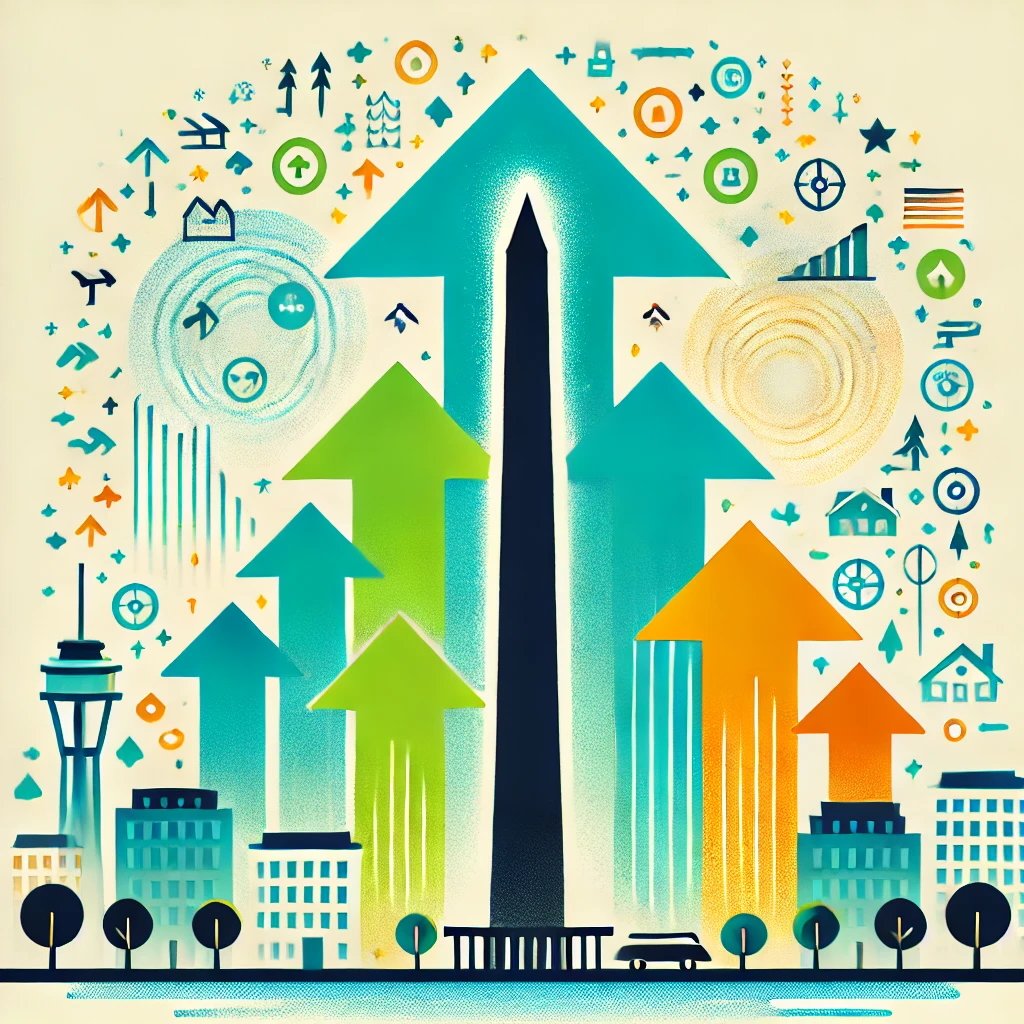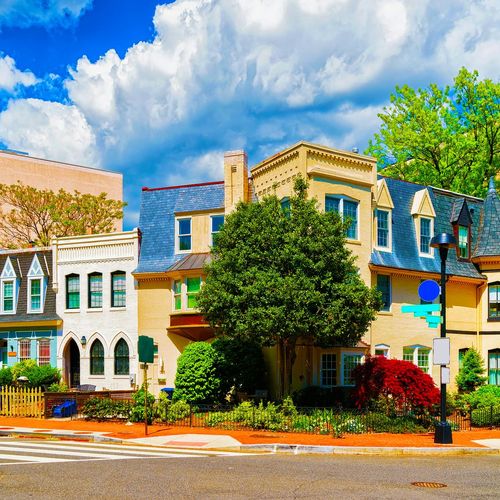Washington, DC, is once again experiencing a population resurgence. For the first time in five years, DC’s population has surpassed the 700,000 mark, hitting 702,250 residents in 2024, according to new Census data (Mayor’s Office, December 2024). This growth, which UrbanTurf notes as a 1.6% increase from 2023, reflects not only a reversal of pandemic-driven declines but also signals renewed interest in urban living.
Key Insights From the Data
A Return to Growth Post-Pandemic
During the COVID-19 pandemic, DC saw a population dip as remote work, economic uncertainties, and shifting housing priorities prompted residents to move to suburban or rural areas. This rebound, however, showcases the city’s resilience. DC added over 10,500 residents in the past year alone, marking a significant recovery from the 2020-2022 declines.
Driving Factors
Several factors have contributed to this growth:
- Job Market Recovery: With the stabilization of federal and private sector employment, DC’s robust job market has drawn professionals back to the city.
- Cultural and Urban Appeal: DC’s walkability, cultural offerings, and vibrant neighborhoods continue to attract new residents.
- Population Growth in the DMV Region: The city’s growth reflects broader trends in the Washington Metropolitan Area, where population density remains a driver of economic and infrastructural development.
- Immigration: Both domestic migration and international immigration have played roles in boosting numbers, highlighting DC as a globally appealing hub.
Challenges and Opportunities
While growth is a positive indicator of urban vitality, it also brings challenges:
- Housing Affordability: With more people moving in, the demand for housing could outpace supply, leading to increased pressure on rents and home prices. Mayor Bowser’s administration has emphasized the need for expanding affordable housing initiatives.
- Infrastructure Strain: Schools, transportation, and public services may face heightened demand, requiring strategic planning to ensure they can accommodate the growing population.
- Economic Opportunities: On the upside, a larger population means increased consumer spending, a broader tax base, and greater diversity, which can fuel local businesses and cultural enrichment.
Why This Matters
For residents, this growth highlights the importance of civic engagement and endurace. For prospective homeowners, these trends underscore the city’s enduring appeal as a place to live, work, and invest. As DC continues to grow, now may be an opportune time to explore options in the local real estate market.
Looking Ahead
The city’s population milestone is more than just a number; it’s a reflection of DC’s adaptability and appeal. By addressing challenges and seizing opportunities, Washington, DC, can continue to thrive as a vibrant and inclusive community.
As we explore this population rebound, we will also look at how other jurisdictions, in particular Montgomery County and Arlington, fared in comparison.
Sources:
- “New Census Data Shows DC’s Population Surpasses 700,000 for the First Time in Five Years.” Mayor’s Office, December 2024.
- US Census Bureau





